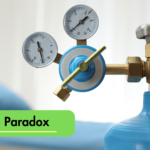Introduction:
Oxygen therapy has long been recognized as a cornerstone of modern medical treatment, offering a versatile approach to managing various health conditions. Approved by the FDA (Food and Drug Administration), oxygen therapy serves as a vital intervention for an array of ailments, from respiratory disorders to wound healing and beyond. In this comprehensive blog, we’ll delve into the FDA-approved applications of oxygen therapy for a diverse range of medical conditions, highlighting its efficacy in resolving critical health issues.
Anaemia (Severe):
Severe anaemia, characterized by a deficiency in red blood cells or hemoglobin, can lead to oxygen deprivation in tissues and organs. Oxygen therapy, administered through supplemental oxygen delivery systems, helps alleviate symptoms of tissue hypoxia in individuals with severe anaemia. By increasing the oxygen content in the blood, oxygen therapy supports vital organ function and promotes overall well-being.
Embolism:
Pulmonary embolism, a life-threatening condition where blood clots block arteries in the lungs, can cause severe respiratory distress and cardiovascular compromise. Oxygen therapy plays a crucial role in managing pulmonary embolism by ensuring adequate oxygenation of tissues, relieving hypoxemia, and stabilizing patients during this critical period. The FDA recognizes oxygen therapy as an essential component of the comprehensive treatment approach for pulmonary embolism.
Crush Injury:
Crush injuries, resulting from prolonged pressure on body tissues, can lead to tissue damage, ischemia, and compartment syndrome. Oxygen therapy aids in mitigating the effects of crush injuries by promoting tissue oxygenation, reducing inflammation, and supporting tissue repair mechanisms. FDA-approved oxygen therapy protocols are integral to the management of crush injuries, particularly in emergency and trauma care settings.
Gas Gangrene:
Gas gangrene, a severe bacterial infection typically caused by Clostridium species, thrives in anaerobic environments and can lead to rapid tissue necrosis and systemic toxicity. Hyperbaric oxygen therapy (HBOT), an FDA-approved treatment modality, delivers oxygen at increased atmospheric pressure, effectively killing anaerobic bacteria and promoting wound healing in gas gangrene cases.
Osteomyelitis:
Osteomyelitis, a bone infection often caused by bacteria, can be challenging to treat due to poor blood supply to affected areas. Hyperbaric oxygen therapy (HBOT) has been FDA-approved as an adjunctive treatment for osteomyelitis, as it enhances oxygen delivery to infected bone tissues, suppresses bacterial growth, and facilitates tissue repair, thereby improving clinical outcomes.
Thermal Burn (Acute):
Acute thermal burns result in tissue damage and compromised blood flow, leading to tissue hypoxia and impaired wound healing. Oxygen therapy, including both traditional oxygen delivery methods and hyperbaric oxygen therapy (HBOT), supports burn wound healing by promoting tissue oxygenation, reducing inflammation, and preventing infection. FDA-approved oxygen therapy protocols are integral to the comprehensive management of acute thermal burns.
Arterial Insufficiencies:
Arterial insufficiencies, such as peripheral arterial disease (PAD), result in inadequate blood flow to tissues, leading to ischemia and tissue damage. Oxygen therapy serves as a non-invasive treatment modality for arterial insufficiencies, improving tissue oxygenation, promoting angiogenesis, and relieving symptoms of claudication. FDA-approved oxygen therapy regimens play a crucial role in managing arterial insufficiencies and improving patients’ quality of life.
Compromised Grafts and Flaps:
Compromised skin grafts and flaps are at risk of ischemia and necrosis due to inadequate blood supply. Oxygen therapy, particularly hyperbaric oxygen therapy (HBOT), enhances tissue oxygenation, promotes angiogenesis, and supports graft survival in compromised cases. FDA-approved HBOT protocols are an essential adjunctive treatment for managing compromised grafts and flaps, optimizing outcomes in reconstructive surgery.
Decompression Sickness:
Decompression sickness, also known as “the bends,” occurs when nitrogen bubbles form in the bloodstream and tissues due to rapid decompression, such as during scuba diving. Hyperbaric oxygen therapy (HBOT) is an FDA-approved treatment for decompression sickness, as it increases the pressure of inspired oxygen, facilitating the elimination of nitrogen bubbles and alleviating symptoms of decompression sickness.
Delayed Radiation Injury:
Delayed radiation injury, a potential complication of radiation therapy for cancer treatment, can manifest as tissue fibrosis, necrosis, or chronic wounds. Hyperbaric oxygen therapy (HBOT) has been FDA-approved as an adjunctive treatment for delayed radiation injury, as it promotes tissue oxygenation, mitigates radiation-induced fibrosis, and enhances wound healing processes.
Intracranial Abscess:
Intracranial abscesses, localized collections of pus within the brain parenchyma, pose significant risks of neurological compromise and systemic infection. Oxygen therapy, particularly hyperbaric oxygen therapy (HBOT), complements antimicrobial therapy by enhancing oxygen delivery to infected brain tissues, promoting bacterial clearance, and reducing cerebral edema. FDA-approved HBOT protocols are integral to the comprehensive management of intracranial abscesses.
Soft Tissue and Bony Necrosis:
Soft tissue and bony necrosis, characterized by tissue death and breakdown, can result from various causes, including trauma, infection, and vascular insufficiency. Hyperbaric oxygen therapy (HBOT) promotes tissue oxygenation, stimulates angiogenesis, and facilitates tissue repair, making it a valuable adjunctive treatment for soft tissue and bony necrosis. FDA-approved HBOT protocols play a crucial role in promoting tissue viability and preventing further necrosis in affected patients.
Necrotizing Soft Tissue Infection:
Necrotizing soft tissue infections, such as necrotizing fasciitis, are aggressive bacterial infections that rapidly spread through subcutaneous tissues, leading to tissue necrosis and systemic toxicity. Hyperbaric oxygen therapy (HBOT) has been FDA-approved as an adjunctive treatment for necrotizing soft tissue infections, as it enhances tissue oxygenation, suppresses bacterial growth, and supports wound healing, thereby improving clinical outcomes and reducing morbidity.
Idiopathic Sudden Sensorineural Hearing Loss:
Idiopathic sudden sensorineural hearing loss (ISSHL) refers to rapid-onset hearing loss of unknown etiology, often accompanied by cochlear ischemia and inflammation. Oxygen therapy, particularly hyperbaric oxygen therapy (HBOT), improves cochlear oxygenation, reduces inflammation, and promotes tissue repair in cases of ISSHL. FDA-approved HBOT protocols are an effective adjunctive treatment for idiopathic sudden sensorineural hearing loss, offering hope for improved auditory outcomes in affected individuals.
Conclusion:
Oxygen therapy, in its various forms and modalities, has revolutionized the management of numerous medical conditions, offering safe, effective, and FDA-approved solutions for patients worldwide. From respiratory disorders to wound healing, vascular insufficiencies, and beyond, oxygen therapy plays a pivotal role in promoting tissue oxygenation, supporting vital organ function, and enhancing clinical outcomes across diverse healthcare settings. As research continues to uncover new applications and refine existing protocols, the role of oxygen therapy in modern medicine will undoubtedly continue to expand, paving the way for improved patient care and enhanced quality of life.







